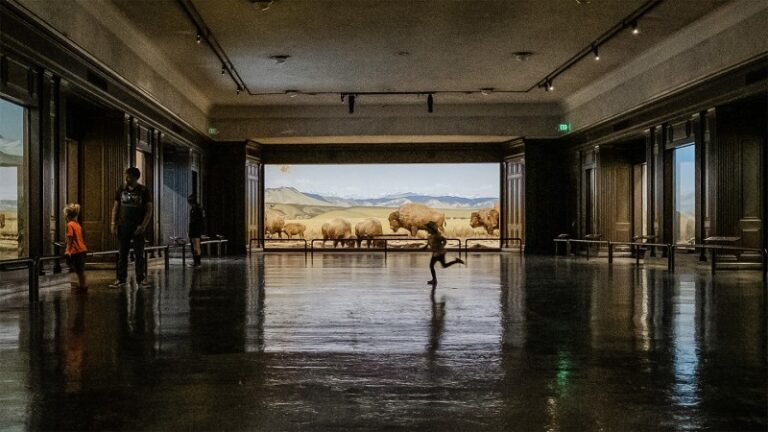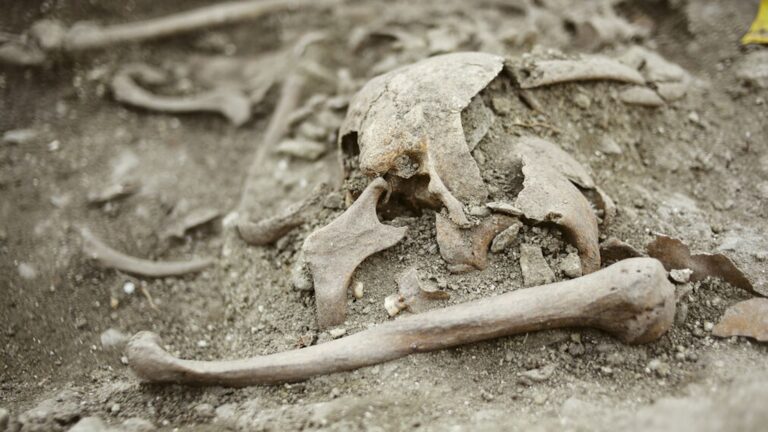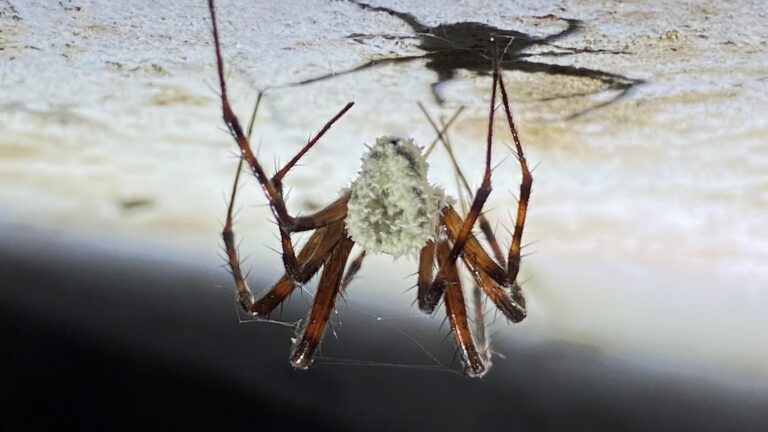Do science dioramas still have a place in today’s museums?

Science dioramas of yesteryear can highlight the biases of the time. Exhibit experts are reimagining, annotating — and sometimes mothballing — the scenes.
Science and Technolgy blog

Science dioramas of yesteryear can highlight the biases of the time. Exhibit experts are reimagining, annotating — and sometimes mothballing — the scenes.

We’re launching a commenting system on our site — here’s how to join the conversation on Live Science.

The new technique could produce materials for use in helicopters, airplanes and spacecraft.

The “vampire” find illustrates a popular fear that the “undead” could rise from their graves.

Alexander the Great died at age 32, but his cause of death is unclear. What killed him has been a long-standing source of debate.

The remains of Alexander the Great may lie under the streets of Alexandria, they may have been “eaten by a shark,” or they may be somewhere else entirely. But one thing is certain: Archaeologists don’t agree.

Rivers began pumping weathered material into the sea about a billion years after Earth formed, suggesting continents may have gotten an early start.

The gigantic coronal hole is blasting high-speed solar wind toward Earth, potentially igniting vibrant auroras and minor geomagnetic activity on Jan. 31.

A new fungus that infects cave spiders and turns them into “zombies” was discovered in a Victorian gunpowder store at Castle Espie in Northern Ireland during filming for a TV show.

Think you know Mars? Test your knowledge of our neighboring planet’s size, surface, history and more.